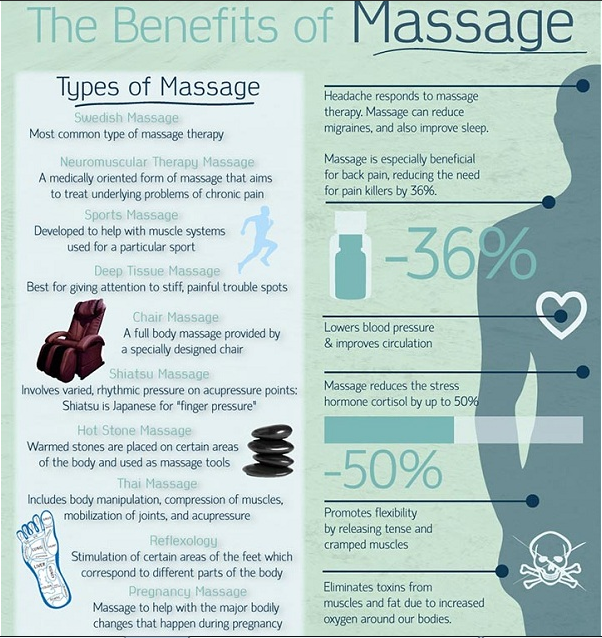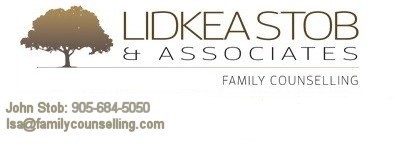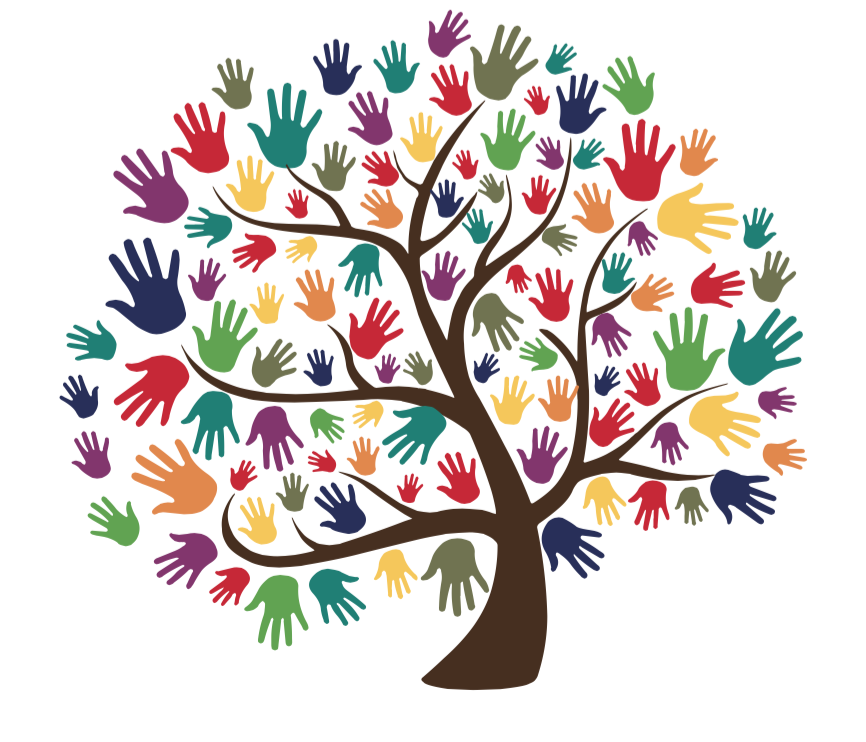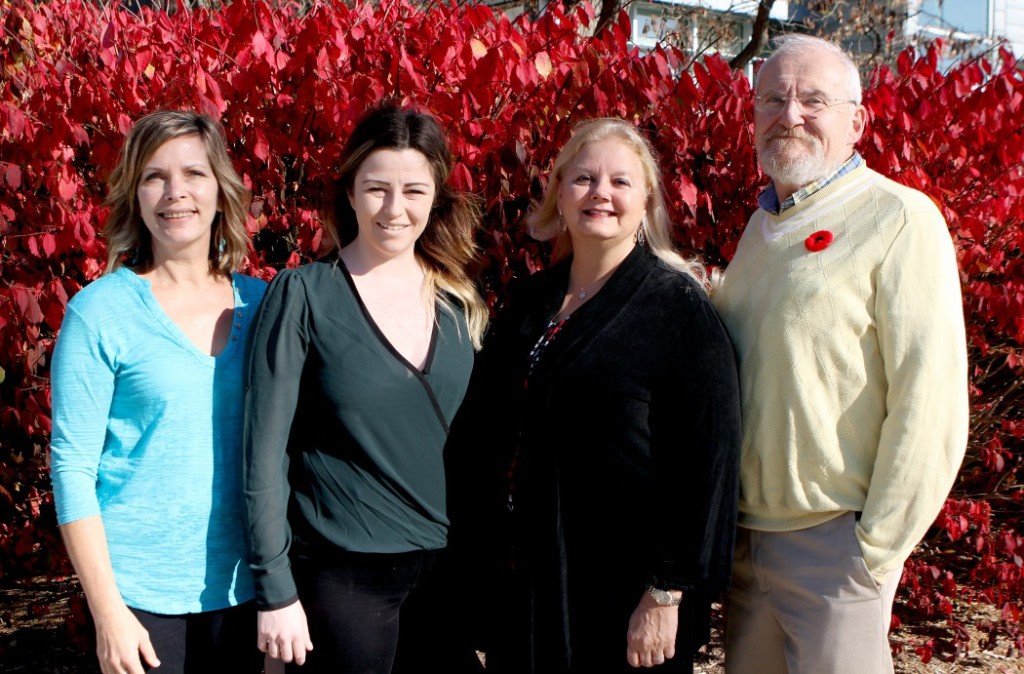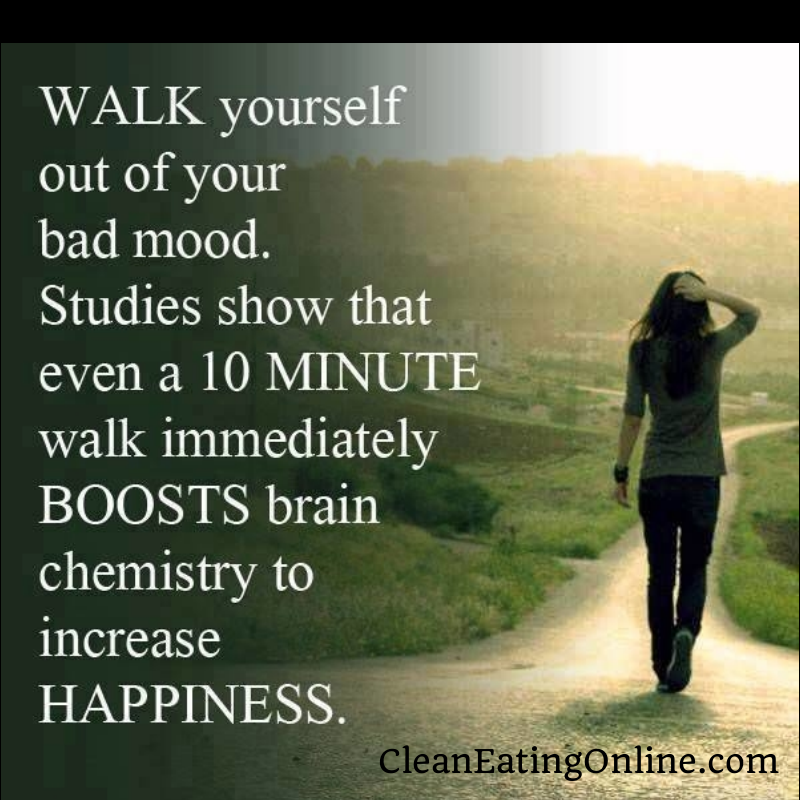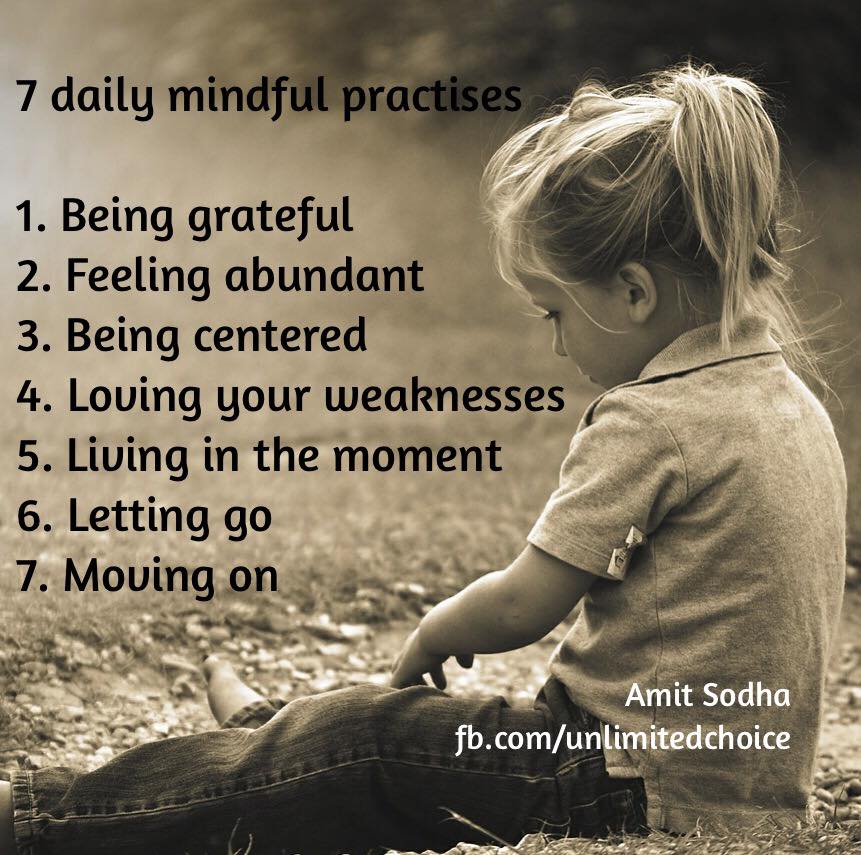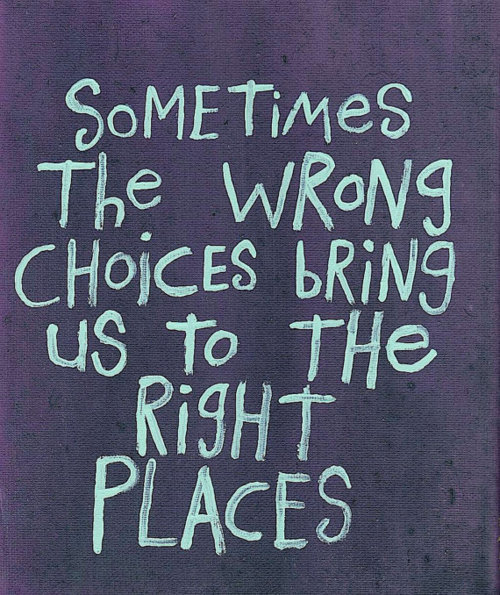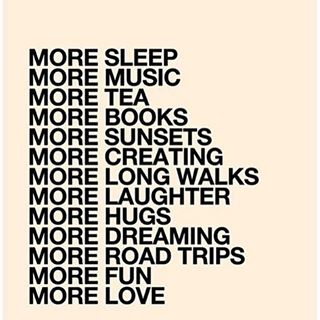
Holistic medicine is something we are hearing more about these days. During our work with counselling clients when discussing strategies for self care we often inquire as to what types of extended benefits they have. It is common for people to come to counselling after they have been referred by their medical doctor who is treating them for things like high blood pressure, type 2 diabetes, high cholesterol, insomnia, fatigue, anxiety or depression.
We are hearing through media more and more frequently that Illnesses or symptoms can be triggered by the stress we have in our lives. Traditional doctors are now recognizing the impacts lifestyle can have on people’s health and are encouraging their patients to include holistic or complementary treatments like yoga, meditation, massage and counselling.
As counsellors we understand the benefits of using many different modalities of care to support our mental health. Having a health team and being an active participant in your own health care can be empowering. Sometimes it is not clear to our clients what each practitioner does and what benefits they might have. The following is a bit of information about the most commonly covered practitioners. Also if you are without benefits don’t let that deter you as many of the treatments require a modest investment ranging from $50 to $150 dependent on the type of practitioner but can make a positive difference in your life. Ask your counsellor for referral information and they can provide you with a list of local practitioners.
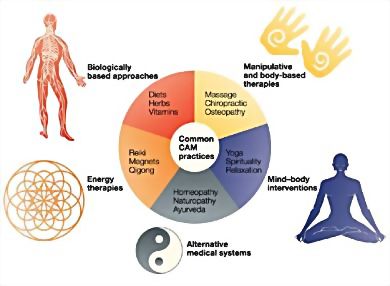
To define naturopathic medicine I went straight to the source, Canadian Association of Naturopathic Doctors website. They define natuopathic medicine as a
“distinct primary health care system that blends modern scientific knowledge with traditional and natural forms of medicine. The naturopathic philosophy is to stimulate the healing power of the body and treat the underlying cause of disease. Symptoms of disease are seen as warning signals of improper functioning of the body, and unfavourable lifestyle habits. Naturopathic Medicine emphasizes disease as a process rather than as an entity.
Treating both acute and chronic conditions, naturopathic treatments are chosen based on the individual patient – their physiological, structural, psychological, social, spiritual, environment and lifestyle factors. In addition to diet and lifestyle changes, natural therapies including botanical medicine, clinical nutrition, hydrotherapy, homeopathy, naturopathic manipulation and traditional Chinese medicine/acupuncture, may also be used during treatments.”

The Canadian Chiropractic Association states that “Chiropractors are extensively educated in the prevention, assessment, diagnosis and management of musculoskeletal (MSK) conditions and associated neurological system and will recommend a course of treatment to help relieve pain and improve function without surgery or pharmaceuticals, such as manipulation, mobilization, soft tissue therapy, exercise, education, modalities (i.e. ultrasound or laser) and rehabilitation. Chiropractors are also trained to provide nutritional counselling, as well as recommend injury prevention strategies.”

Ostheopathy is another form of holistic treatment. It is defined by the Canadian College of Ostheopathy as:
“A Natural medicine which aims to restore function in the body by treating the cause of pain and imbalance. To achieve this goal the Ostheopathic Manual Practitioner relies on the quality and finesse of his/her palpation and works with the position, mobility and quality of the tissues.”
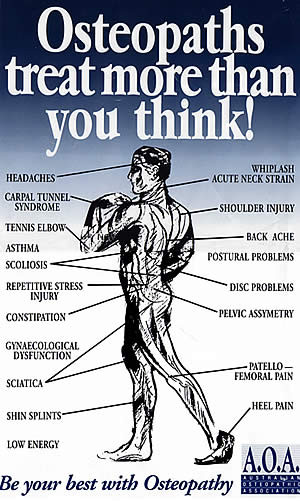
Another common extended benefit is treatment by a registered massage therapist. There is a misconception that massages are just for a bit of relaxation. The College of Massage Therapists of Ontario states:
“Massage therapy treatment has a therapeutic effect on the body and optimizes health and well-being by acting on the muscular, nervous and circulatory systems. Physical function can be developed, maintained and improved; and physical dysfunction and pain and the effects of stress can be relieved or prevented through the use of Massage Therapy.
Modern massage techniques can be traced back to the 1700′s and the development of Swedish massage, the first systematic method of therapeutic massage based on physiology. Today’s Massage Therapists use their knowledge of anatomy and physiology to combine traditional Swedish and modern Massage Therapy techniques with exercise and other therapies to treat their clients.”
